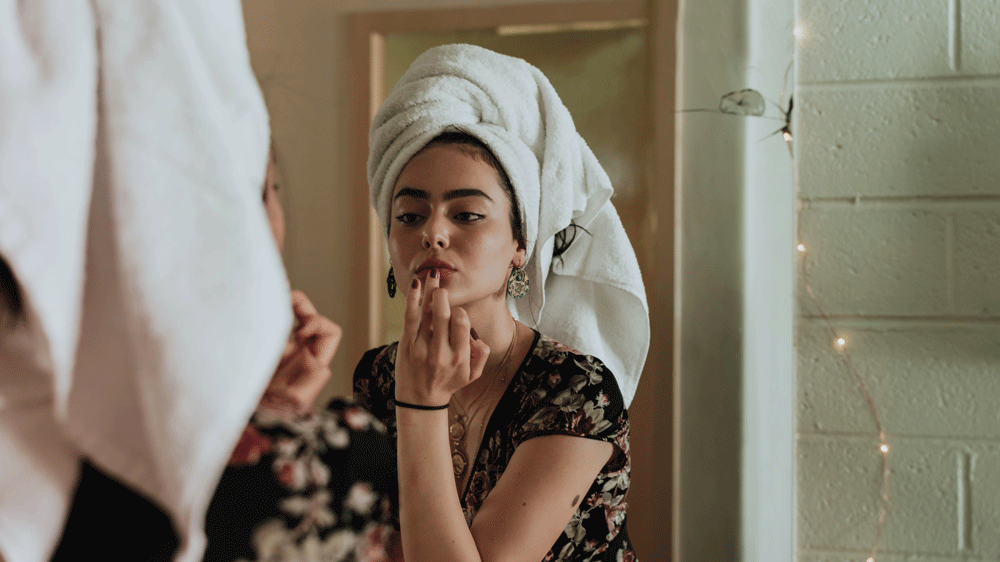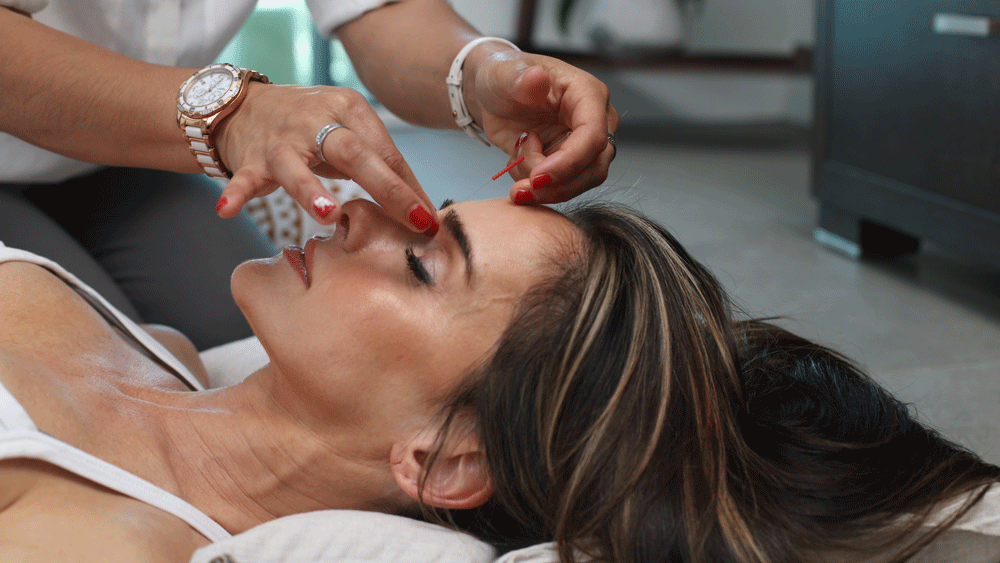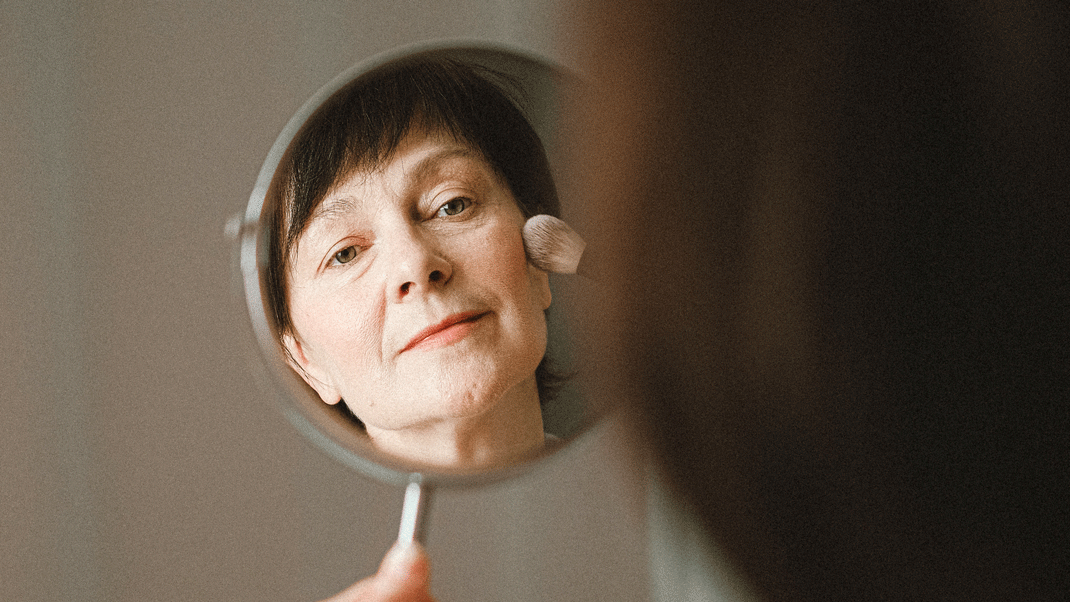
The first prayer my mum uttered when she found out that I was a girl was that I would not be very beautiful—just average. Growing up with a devoutly religious mother, I had no doubt that God answered her specific prayer, just like many others. I felt cheated by what could have been mine and wondered what life would have been like had I been beautiful. When my primary school crush did not reciprocate my feelings, I blamed it all on mum and asked her to undo her prayer. If only I could be really, really beautiful, all my problems would disappear, I thought. I remember Mum wiping away my tears and telling me that true beauty does not catch the eyes but warms the heart. She said that more often than not, when beauty is encrusted just on the outside, it is harder to dissolve and spread on the inside. She told me that I could be really, really beautiful if I truly wanted, because being beautiful was a choice of the heart. I didn’t understand it all then but I do now, partly. And the literature does seem to back it up.
The research-based specifications of external beauty refer to the narrow confines of numbers, looking at the symmetry and proportionality of the face, and even specific ratios between different facial features. Besides the rigidity of numbers, the definition of beauty is established by our social and cultural norms, on top of our personal preferences. Statistically, only a minority of people are truly beautiful. Most fit into the category of “average” with only a few considered truly ugly.1
External beauty: a rubber-stamp of character?
The “beautiful-is-good” concept is a well-researched cognitive bias that attributes beautiful people good character and personality attributes. Looks constitute the basis of our first impression on which we add intelligence, creativity, honesty, etc, that in turn will shape our behaviours towards beautiful people and how we relate to them.2 Attractive people get away with more because we focus mainly on the positive and disregard the negative. In the justice system, beautiful defendants get off easier, suffering smaller penalties and shorter sentences while good-looking plaintiffs get bigger financial settlements and win more of the time.

(Credit: Antonika Chanel, Unsplash)
Better-looking students are considered more competent by their teachers and tend to have higher grades than their peers. This will result in better job opportunities, faster promotions and higher salaries.3 In fact, one study suggests that attractive people can make 12–14 per cent more money than their plainer colleagues.
But for ambitious women in particular, being too attractive can be a stumbling block from getting a high-status position. Nancy Etcoff writes in her book Survival of the Prettiest, “There is an assumption that beautiful women are too flaky, too sexual and unable to lead the troops, and they often fail to reach the top. For women wanting to climb the corporate ladder, there is evidence that they must conceal their beauty in order to get ahead.”
External beauty: a moral compass?
The “beautiful is good” stereotype depends on how we define “good”. If beautiful spells out vanity, the formula crumbles. Vanity has been associated with selfishness, narcissism and emotional coldness. These are categorised as undesirable character traits and labelled as immoral vices. Recent studies suggest that attractiveness is, to a certain degree, associated with selfish behaviours. That could probably be explained by the entitlement attitude, typical for the “pretty privilege” club members. The special treatment expectation is a learned behaviour based on previous experiences. Good-looking individuals feel they have greater bargaining power at their disposal and will tend to act more egotistically, using social advantage for their own benefit, often to the detriment of others. The story of Dorian Gray as described in the novel by Oscar Wilde teaches that an ugly soul can permeate any amount of external beauty and that in the end, will surface its hideous head for everyone to see. Morality can change the optics of aesthetics into disfigurement.

(Credit: R Hamely, Unsplash)
External beauty: a push towards mental disease?
Media, advertising and the fashion industries have created an illusionary definition of beauty: false and unrealistic. Everyone knows that. Still, the comparison exercise cannot be helped at times. By looking at those picture-perfect models, spectators become dissatisfied with their own body image and find more and more imperfections. This is becoming a major concern for both men and women, as is evidenced in the rise of eating disorders in Australia. As expected, women are more affected by negative body images than men, due largely to the repetitive messages that conflate a girl’s worth with her looks. For the lucky few, beauty promises self-worth, happiness and success. For the less fortunate, what is left is low self esteem, anxiety, shame, depression, eating disorders, suicidal ideation or self-hatred.
On the other hand, beauty does not guarantee constant happiness. In the modelling industry, many models fear they will lose their beauty status and thus become anxious about their weight, wrinkles and cellulite, envying one another. Beauty is illusory and even the most beautiful people don’t feel that way all the time.
Beautiful women are often envied and isolated from other women who fear competition, but attract unwanted attention from men who view them as sexual trophies waiting to be conquered. Model Emily Adonna confessed that she was tired of “being pretty” and she was ready to go the extra mile to make herself less desirable. She explained that her good looks led to regular harassment wherever she went, and, in her opinion, prevented people from taking her seriously.

(Credit: Pexels Anna Shvets, Unsplash)
For some people, external beauty can be exhausting but for others, it can become a springboard into mental disorders or even, poison for the soul. But, for everyone, external beauty is transient. Aging is the biggest threat to beauty and beautiful people feel it most acutely. Don’t be fooled by faces, neck lines or silhouettes that look suspended in time by cosmetic and surgical wizardry. The ferment of time still corrupts the life hidden beneath the surface. Being young and beautiful has a finishing line that we will all cross one day.
Instead, choose the real thing: inner beauty. It is not afraid of aging, everyone can have it and best of all, it’s free. My mum, for example, is an exceptionally beautiful woman. Her beauty runs deep, measured by how much she cares for and loves those around her. Her best lipsticks are words of affirmation. Her favourite fashion is modesty because it goes well with everything and everyone. Her favourite eye shadow is seeing the good in others. Her favourite foundation is the Bible, where she reads, “We do not look at the things which are seen, but at the things which are not seen. For the things which are seen are temporary, but the things which are not seen are eternal” (2 Corinthians 4:18). As time goes by, she becomes more and more beautiful. It’s a beauty that takes courage to reject the superficial and the instant. It’s a beauty that cannot be seen, but felt, heard and lived. I now understand that this is the type of beauty she wanted me to have.
Denisa Selagea writes from her family home in Melbourne, Victoria, where she cares for one dog, two children and three indoor plants. All still alive and well.
1. theguardian.com/world/2000/nov/27/gender.uk
2. psychologytoday.com/au/blog/habits-not-hacks/201412/the-surprising-power-beautiful-face; psychologytoday.com/au/blog/fulfillment-any-age/202206/the-trouble-being-beautiful; https://thinkinsights.net/leadership/halo-effect/#:~:text=Also%20known%20as%20the%20physical,those%20who%20are%20less%20attractive;bbc.com/future/article/20150213-the-downsides-of-being-beautiful
3. businessinsider.com/beautiful-people-make-more-money-2014-11; ncbi.nlm.nih.gov/pmc/articles/PMC5558203/; businessinsider.com/halo-effect-money-beauty-bias-2014-11









